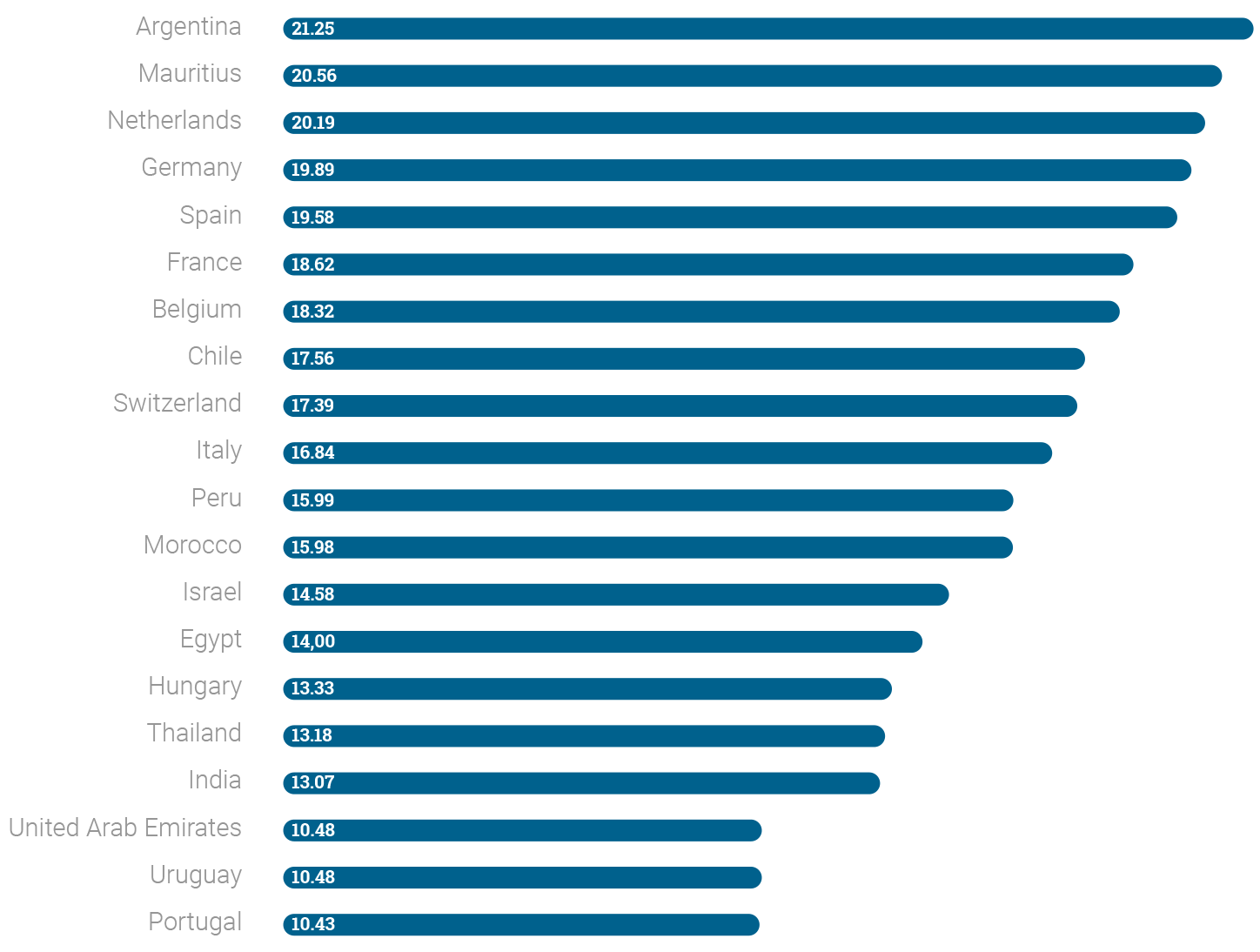The opening rate of an email campaign is the percentage of the number of your subscribers who opened your email. It is an important metric to study as it shows you how efficient your email marketing campaign is, or if you email marketing strategy is working.
The average opening rate should be between 12% to 25%. Anything below that could suggest that you are either targeting the wrong kind of audience, or that your content is not interesting enough for your audience to open your emails. Read below for some tips about how to improve your opening rate.
But how do we know who opens your email?
Well, to know exactly who opens an email, we will insert an invisible picture with a link inside each email you send. In this way, every time someone opens one of your emails, we will see it. This works very well for Mac and iOS users because they open images by default. However, this method works less well for PC/Outlook as images are not automatically downloaded. Therefore, a PC/Outlook user could have read the email without downloading the images, and it won’t count as an opening.
Opening Rates by Country
Opening rates differ greatly from country to country and it´s important to study your opening rates according to your country to see where you stand. Different countries have different cultures and their differences in behavior can easily be seen in these numbers.
If you don’t see your country in this stats, don´t hesitate to contact us as [email protected] and we will be glad to give you the percentage for your country.
We see the countries with the highest opening rates are Argentina, Mauritius, Netherlands, Germany, and Spain.



